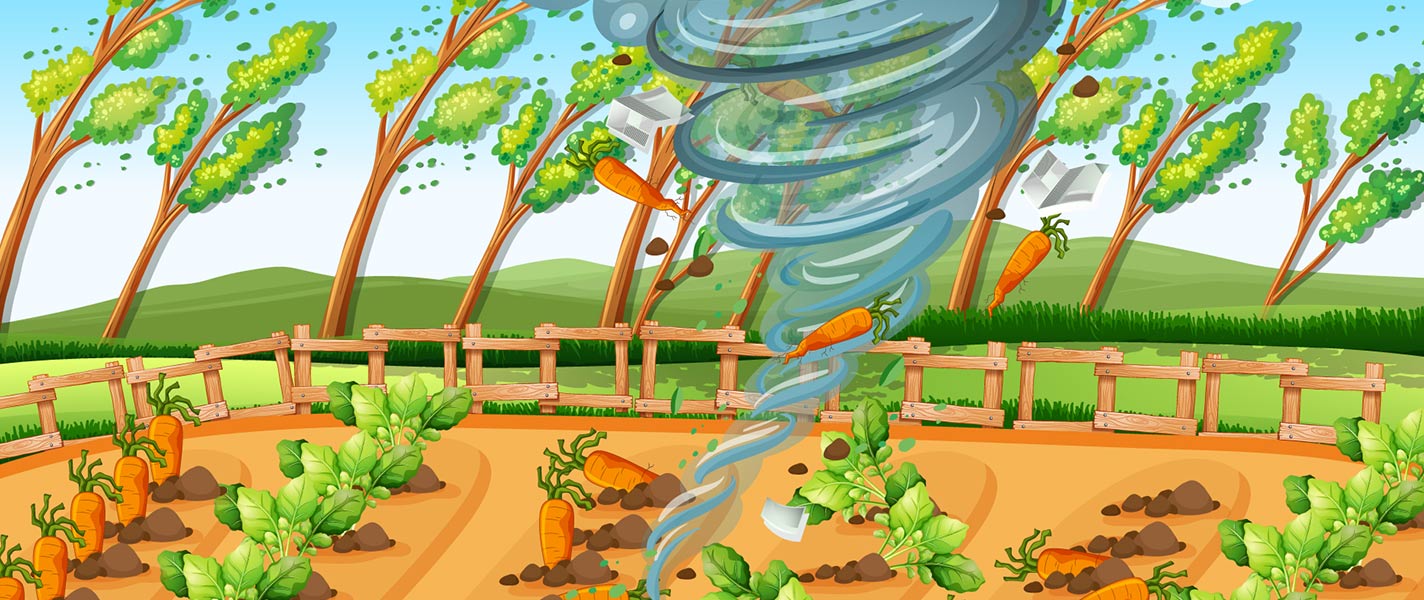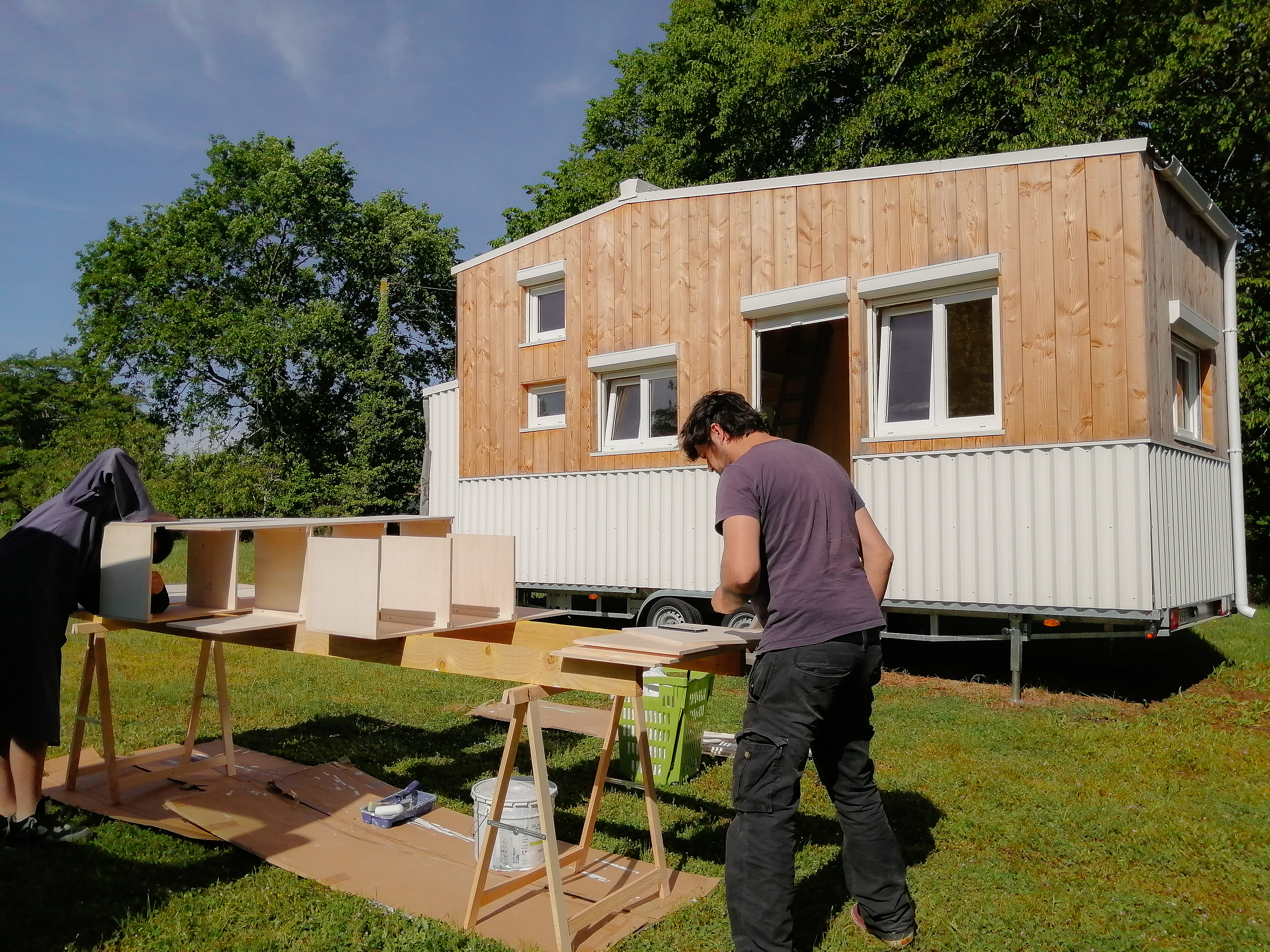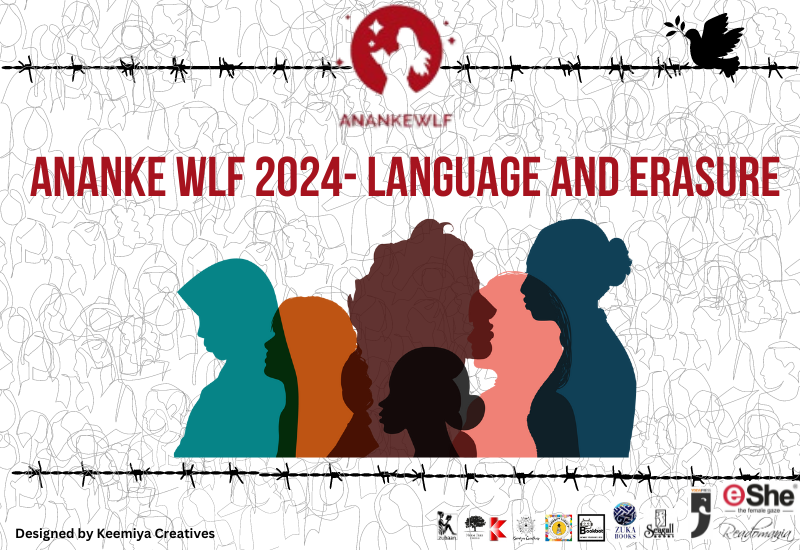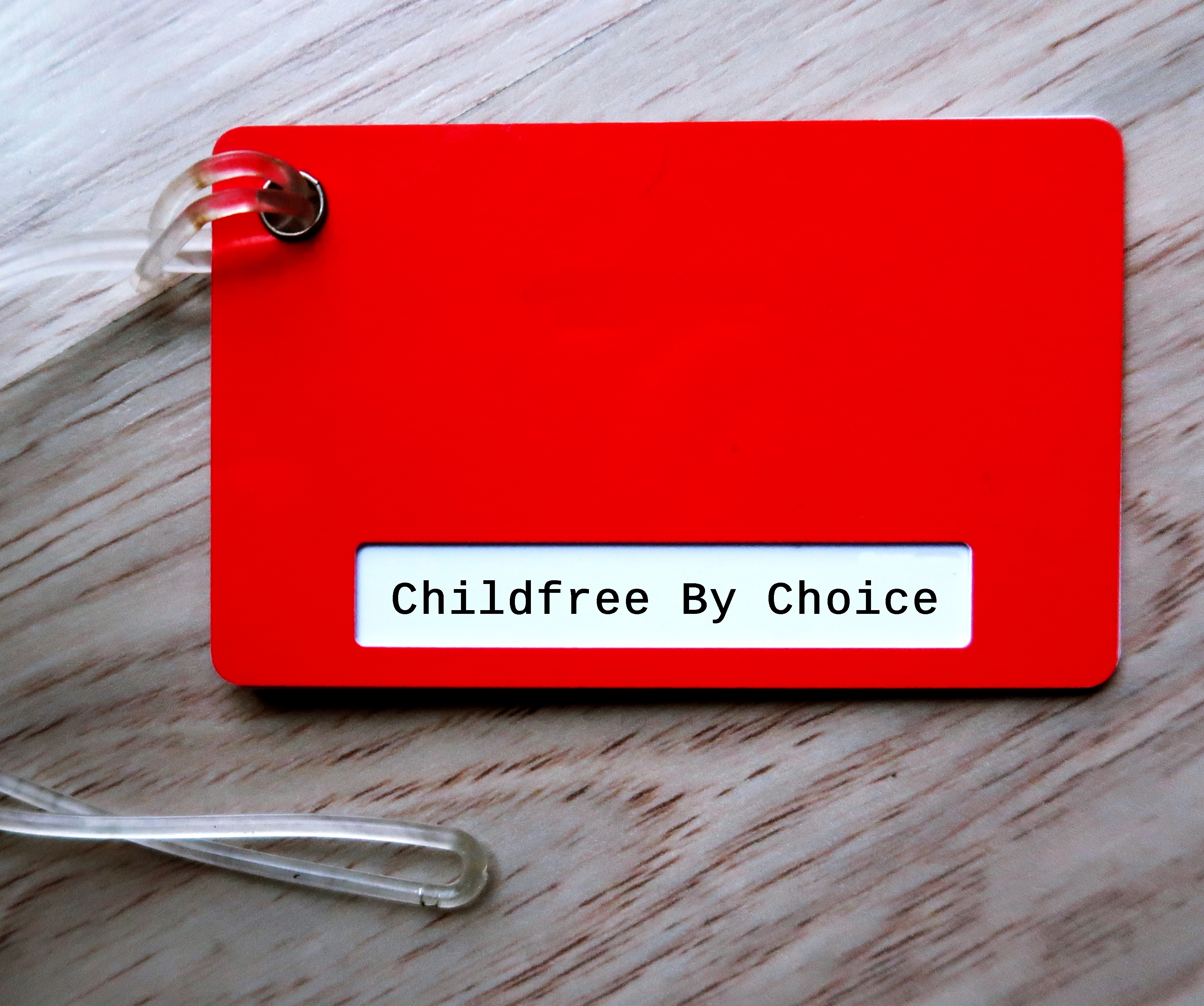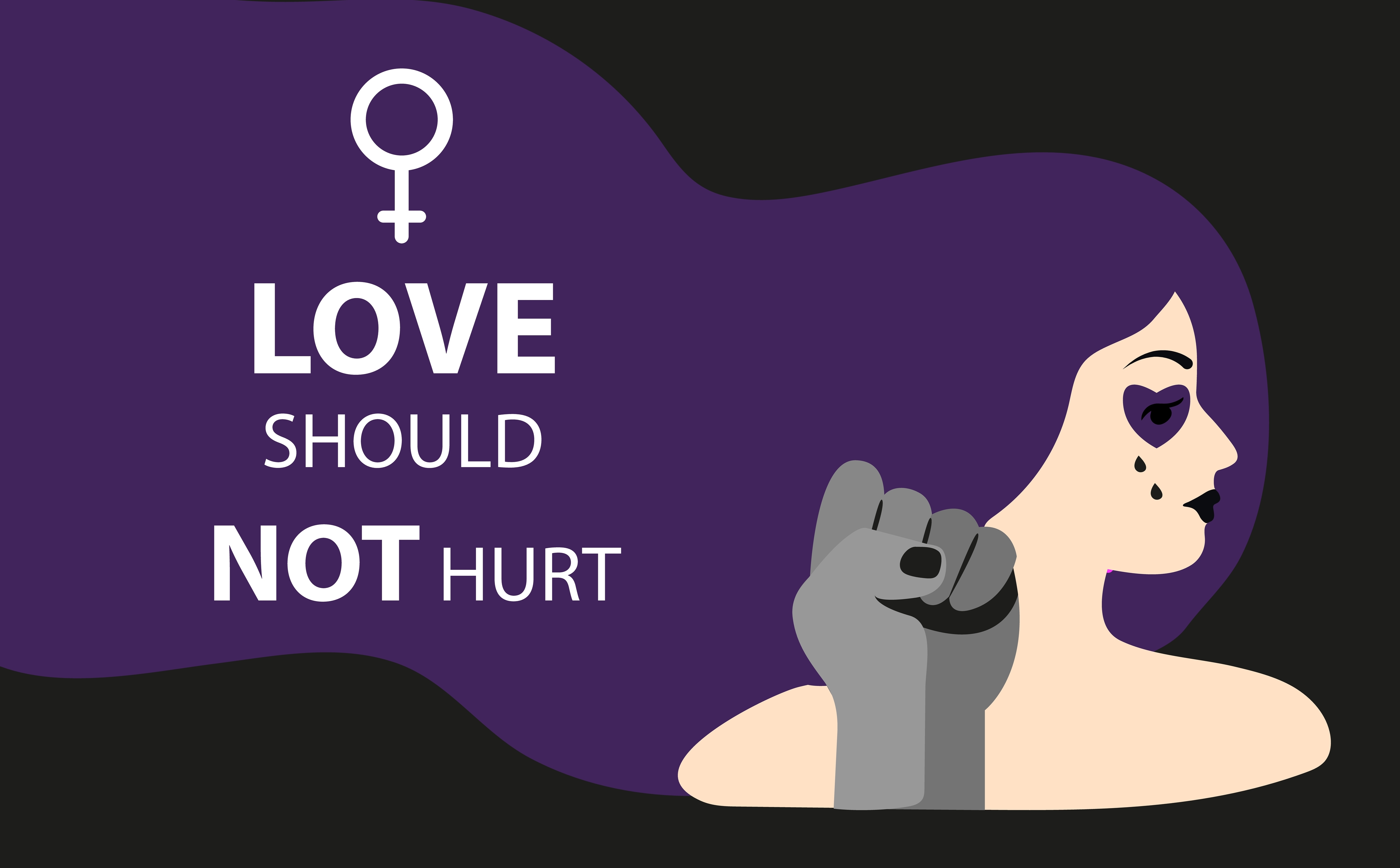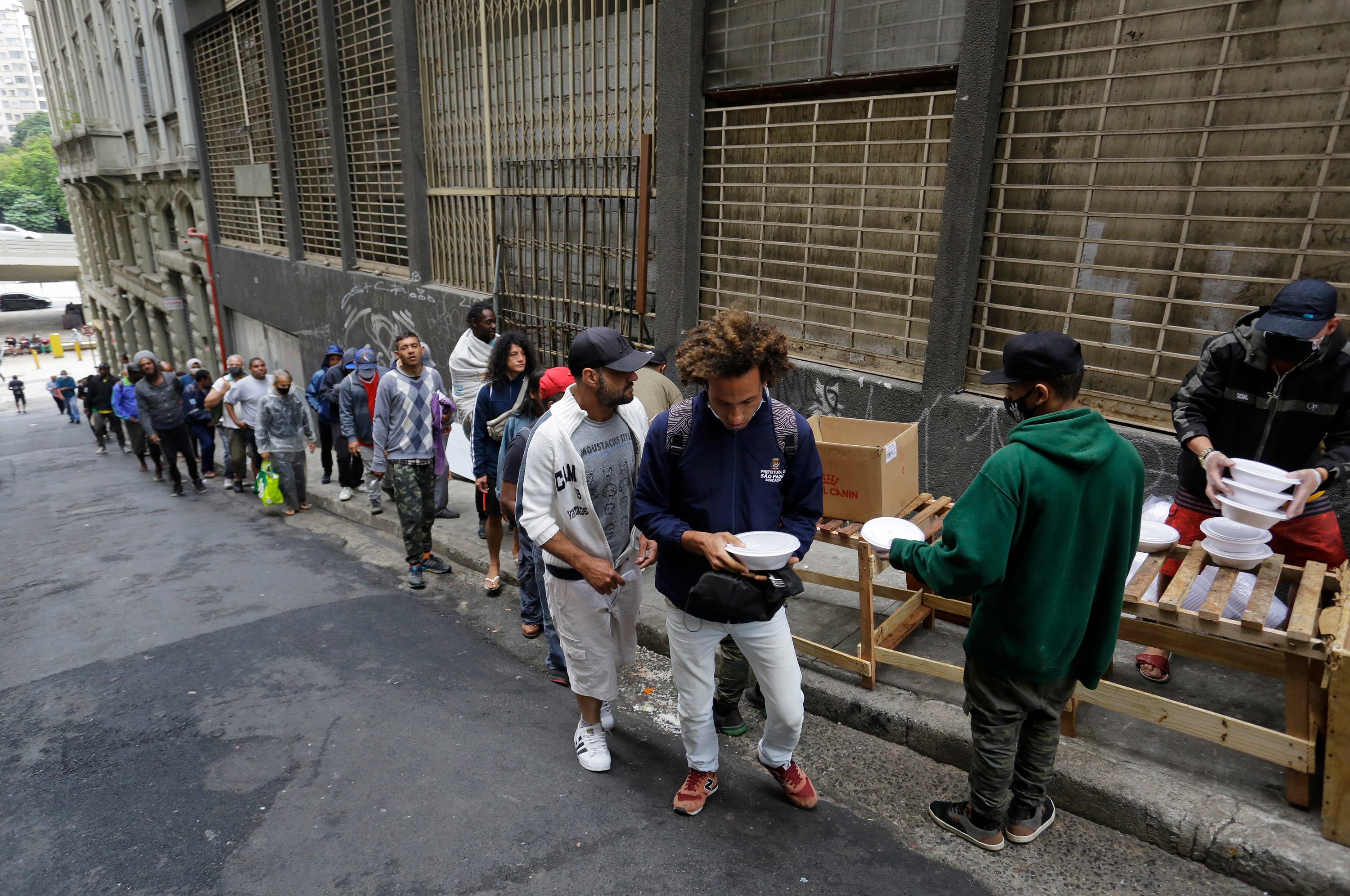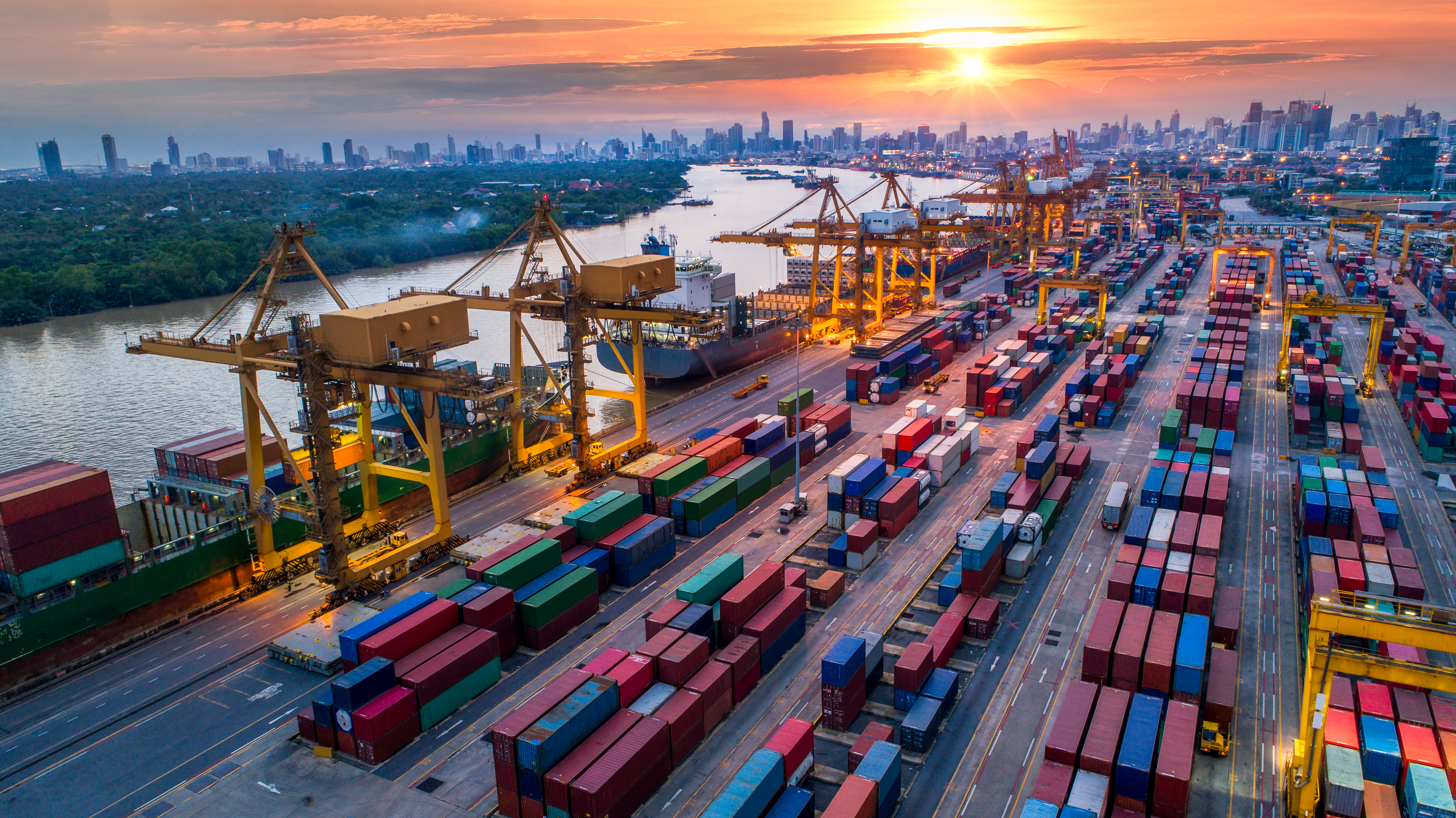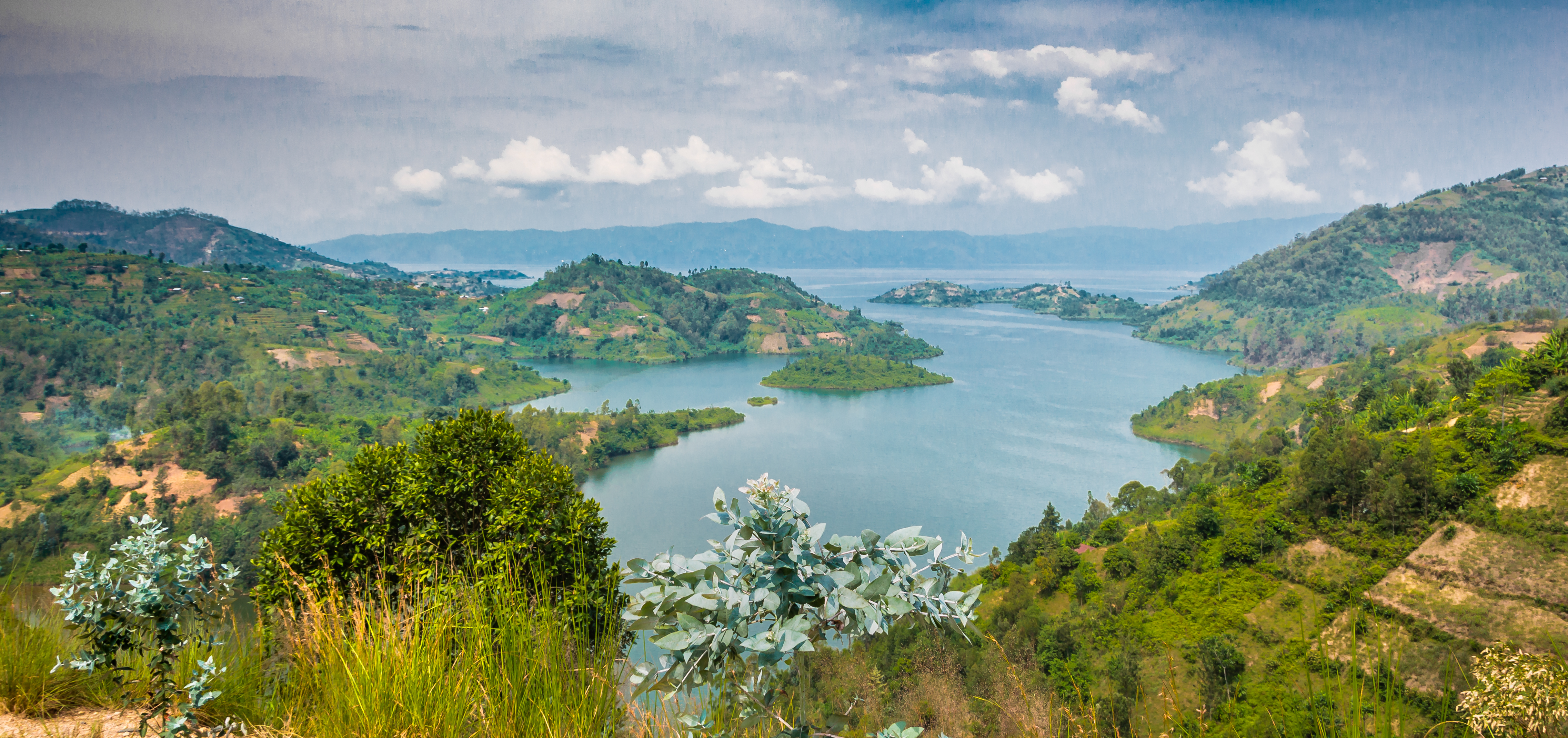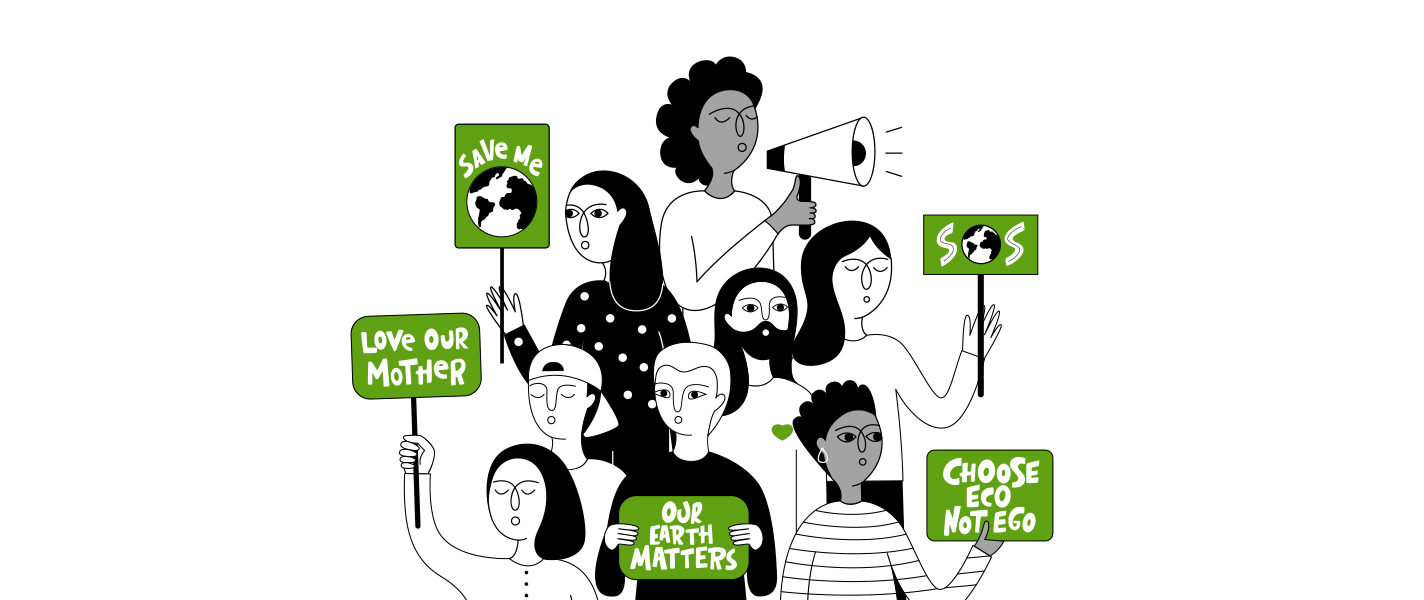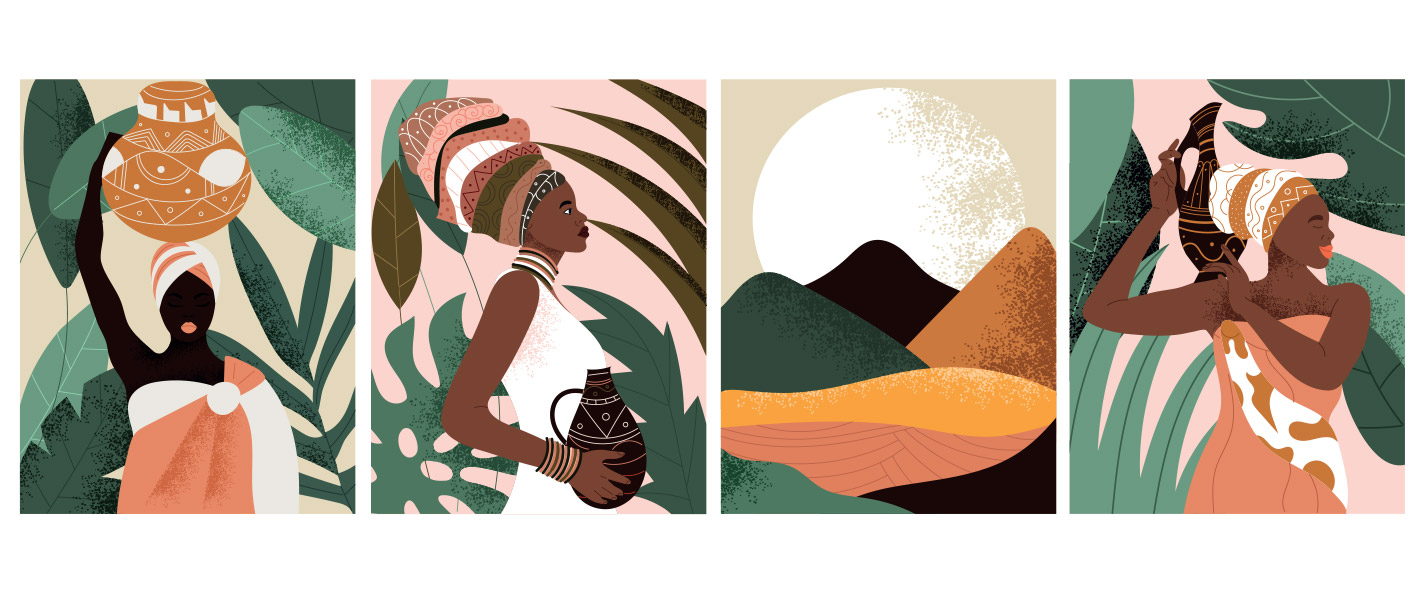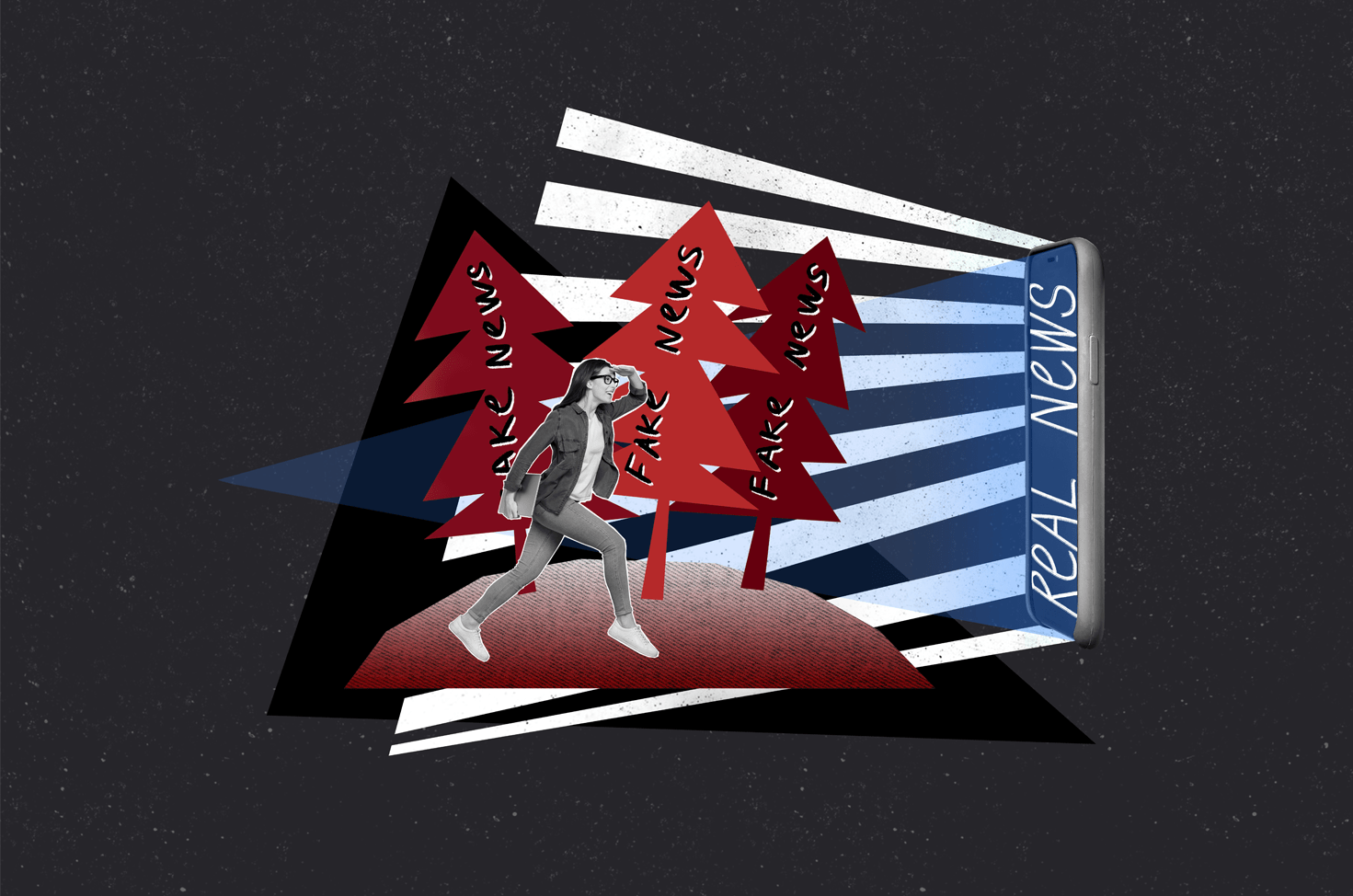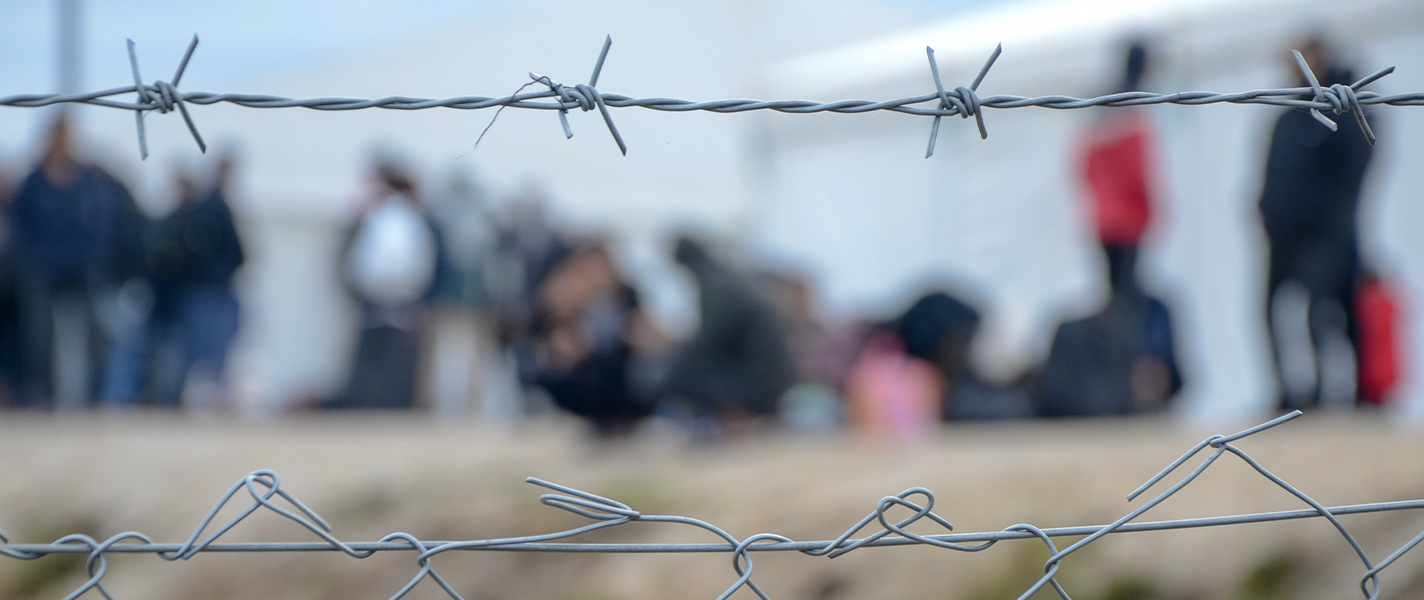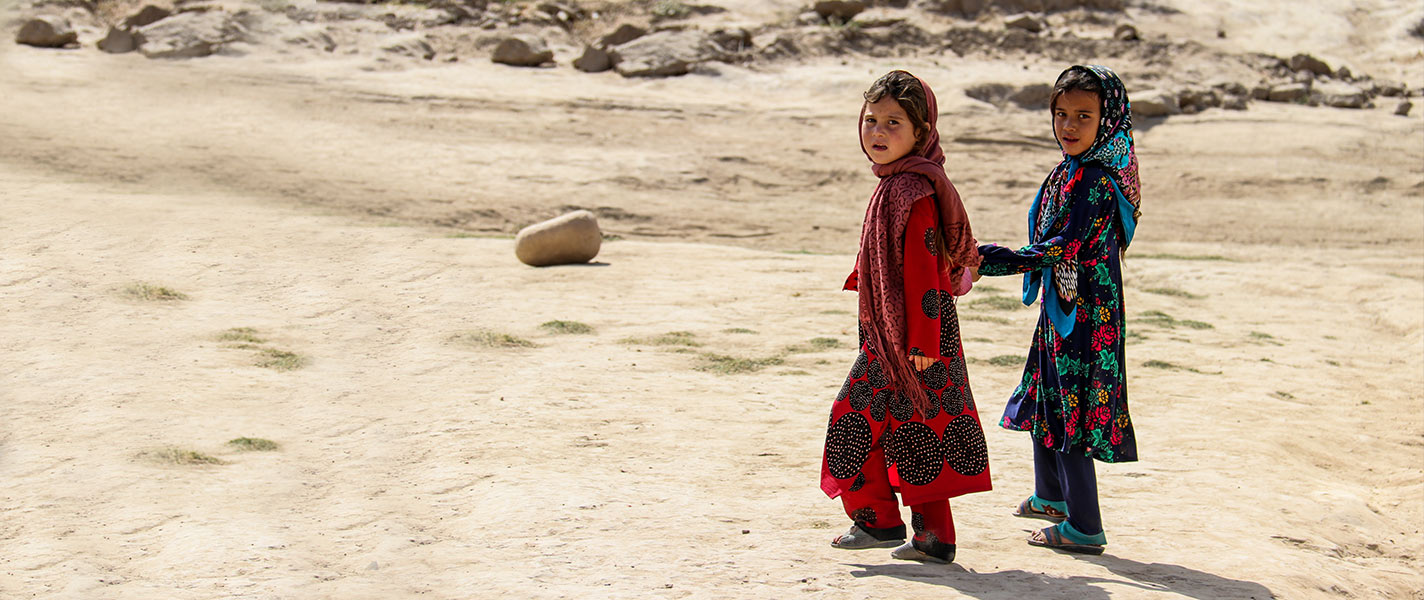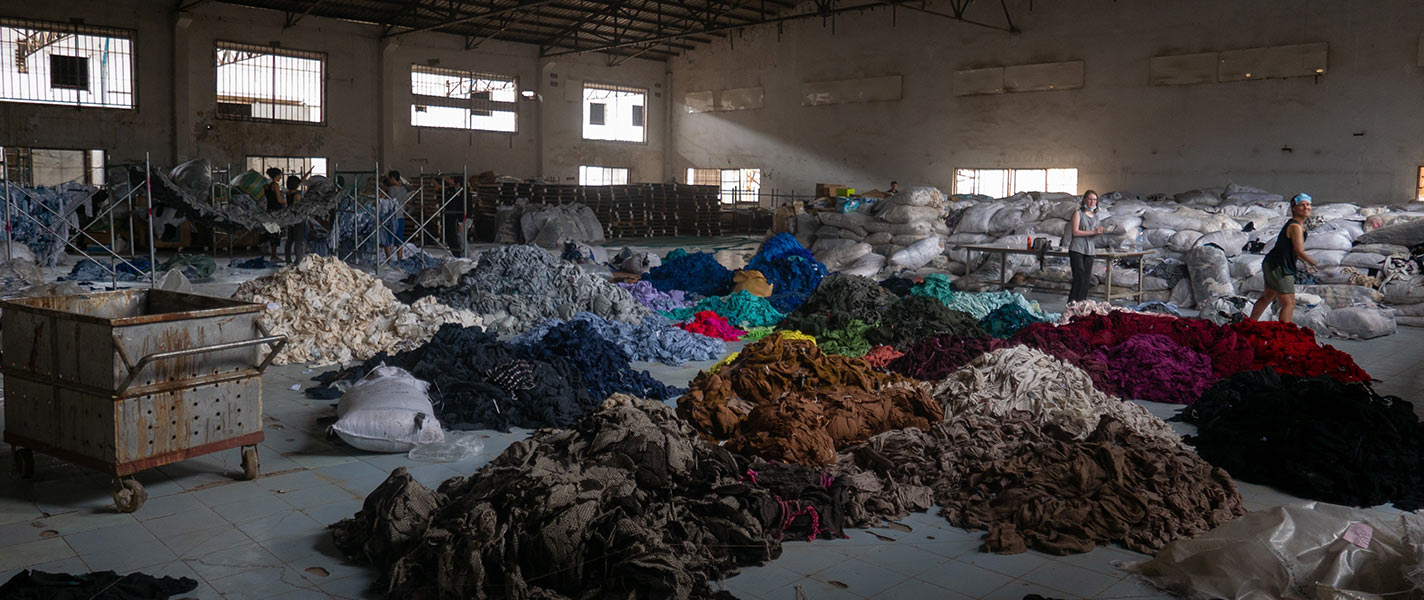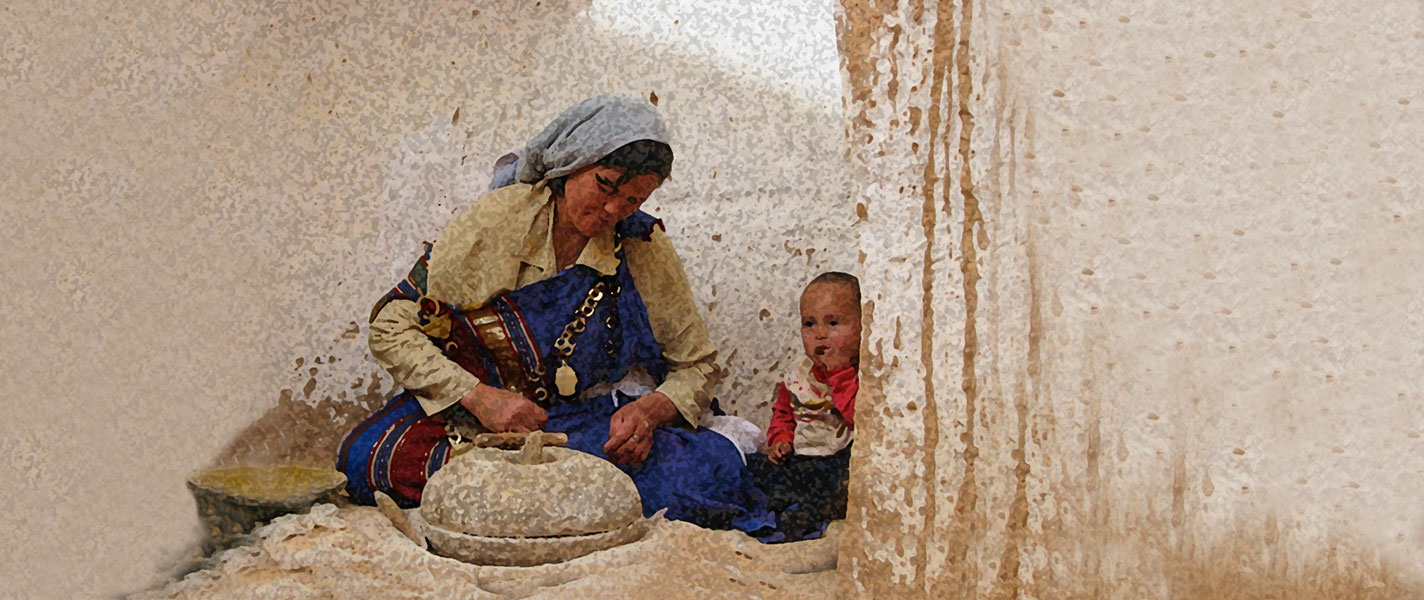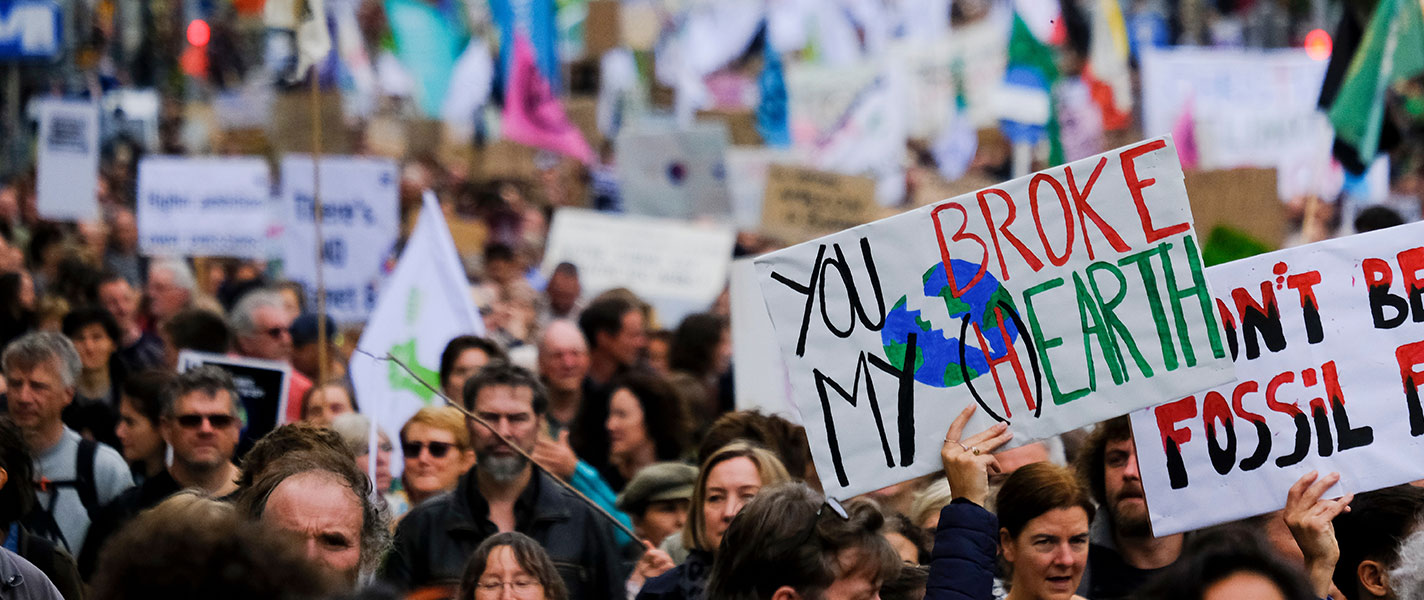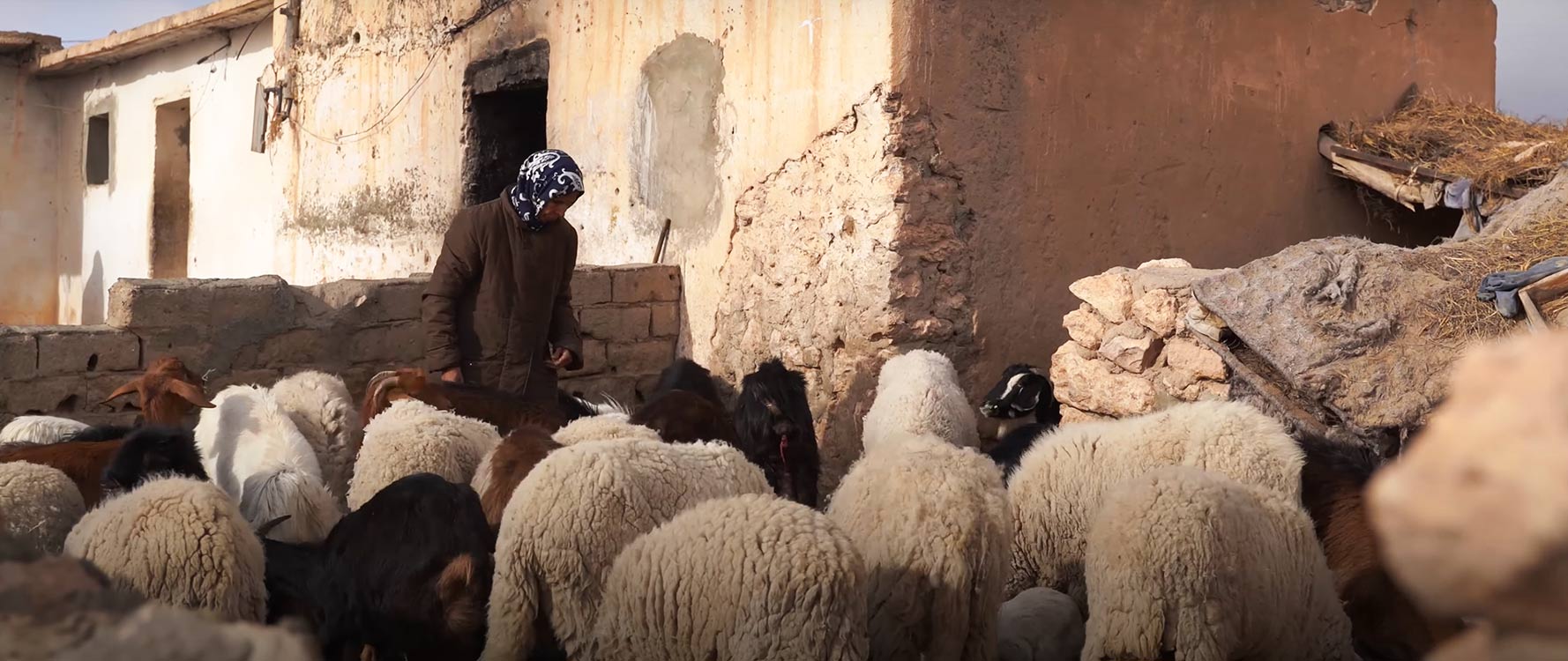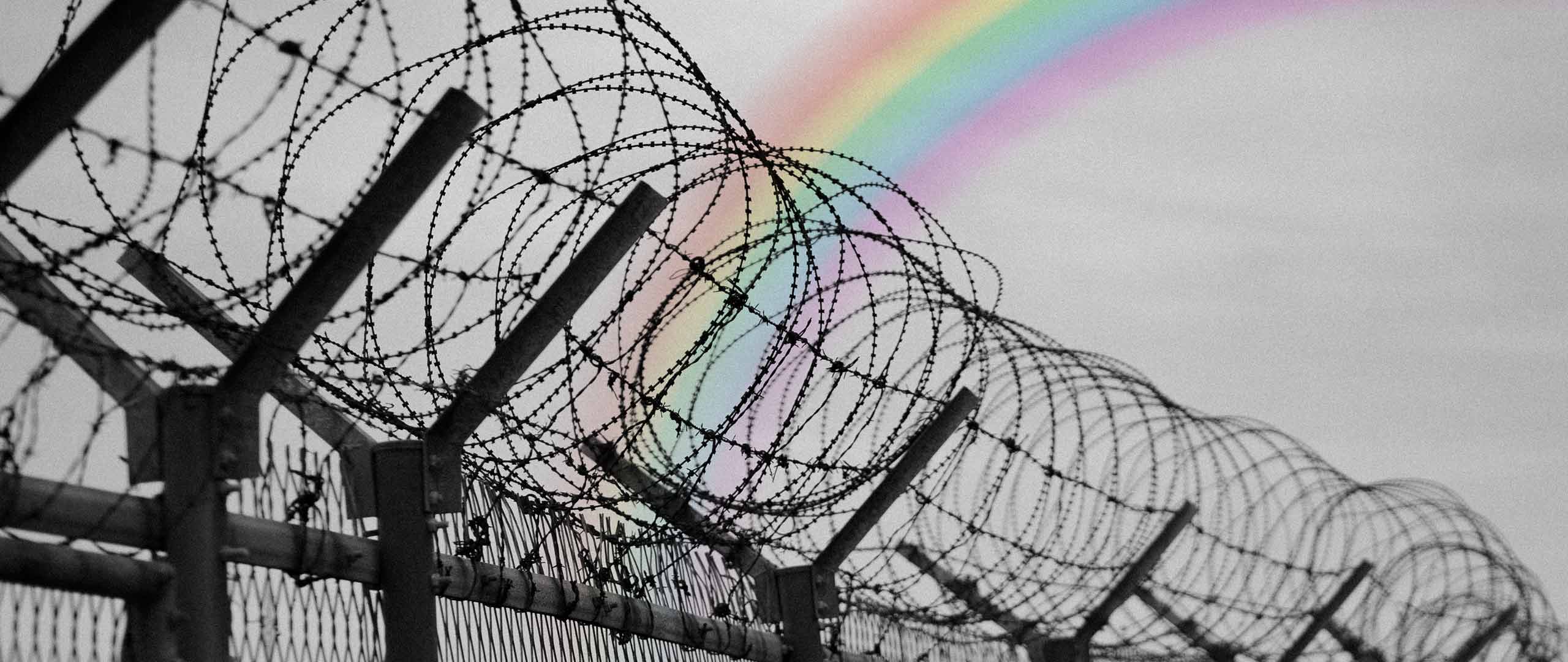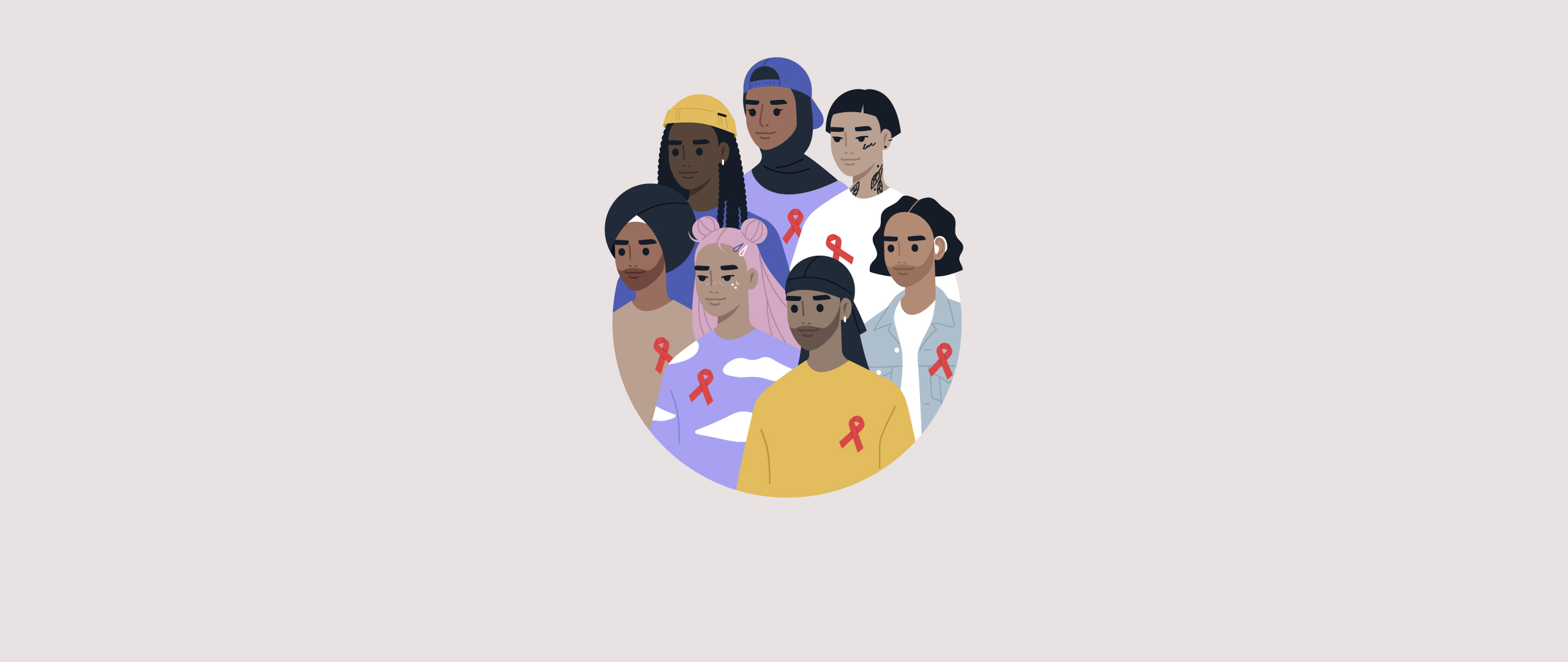The Role of Development Organisations in Humanitarian Assistance
As Africa has become a chronic victim of climate change-related disasters, the role of development organizations in supporting the recovery and relief efforts of smallholder farmers has become increasingly important.
Smallholder farmers (especially women) are among those on the front line when disasters hit. They often live in impoverished and marginalized communities and are most likely to require support. In this blog, I highlight the importance of development organizations in contributing to emergency relief and recovery efforts to further empower those most affected.
Humanitarian assistance refers to the provision of aid and support to people who have been affected by crises or disasters such as cyclones. It is geared towards providing immediate relief to affected communities, including food, shelter, water, and medical supplies. Thereby, development work aims to promote long-term sustainable development for communities and address the root causes of poverty, inequality, and underdevelopment. It involves promoting economic growth and empowering individuals and communities. Development work is usually focused on the long-term growth and development of a community, whereas humanitarian assistance is focused on providing short-term relief to individuals and communities in crisis situations.
Enhancing Sustainable Development Through Disaster Relief
Without diverting their focus, there is merit in development organizations supporting the farmers that they work with as this allows them to:
- Complement their development efforts. Take for instance a Civil Society Organisation (CSO) that focuses on increasing the climate change resilience of smallholder farmers through capacity building on climate-smart agricultural practices. When a cyclone hits, and farmers lose their crops, in the absence of resources to purchase seeds for replanting, it becomes challenging for farmers to put into practice the knowledge they acquired. Thus, distributing inputs will provide much-needed support and hence increase the impact of the CSO’s intervention. The inclusion of CSOs also presents an opportunity for the strategic selection of relief packages. For example, providing inputs amongst other basic household items in the aforementioned example is intentional as it also promotes long-term household food security and nutrition;
- Contribute to and accelerate the rate of closing the humanitarian assistance gap. The humanitarian system is currently overwhelmed and overstretched. This coupled with a global humanitarian funding gap of 52%, makes it inevitable that development organizations such as One Acre Fund launch appeals to crowd in investments to support the smallholder farmers they work with when natural disasters occur. With limited resources (financial and in-kind), humanitarian assistance organizations can not alone meet emergency relief needs. Therefore, development organizations can complement these efforts by supporting their farmers; and
- Improve the livelihoods of farmers holistically. Improving the livelihoods of farmers needs to go beyond building capacities for long-term sustainability. It should also include supporting the very same farmers with the basics when they are the most vulnerable; after a disaster. After all, the same farmer that will attend training is the same farmer that goes back home to “nothing.”
Exploring Innovative Mechanisms to Mobilize Humanitarian Aid
Accessing emergency aid from major donors is a very competitive and challenging process for development organizations with relatively limited experience. This becomes more apparent for locally owned organizations. Between 2010 and 2019, African donors directed 33% of their large-scale gifts toward their own operating foundations, with just 9% going to local Non Governmental Organizations (NGOs). It is against this backdrop that I present three potential resource mobilization channels for organizations to secure additional investments.
- Explore crowdfunding: Platforms such as GoFundMe and Global Giving present an opportunity to mobilize resources from individuals globally. The eligibility criteria are often less stringent than submitting proposals to prospective funders. This translates to a shorter turnaround time and hence funding becomes available sooner.
- Establish an emergency fund. Organizations such as ActionAid have established an Emergency Action Fund. Here 10% of donations received through fundraising appeals go toward future disasters. This ensures that they are better prepared and able to respond quickly and more effectively to future emergencies and crises. Additionally, when the amount raised exceeds the target, the balance is also transferred to the emergency fund.
- Secure unrestricted funding. This provides a flexible funding reserve that can quickly be channeled toward emergency relief efforts when disasters strike.
Across Africa, climate change-related disasters will become more frequent and intense, further exacerbating the vulnerability of an increasing number of smallholder farmers to these shocks. It is therefore imperative that organizations become more aggressive in their efforts to support smallholder farmers during their time of need. However, in light of the aforementioned, it is important that development organizations focus on supporting only those farmers that are within their networks. Only then will it justify their involvement in emergency relief efforts.
The article represents the views of its writer and not that of LEED Initiative.
